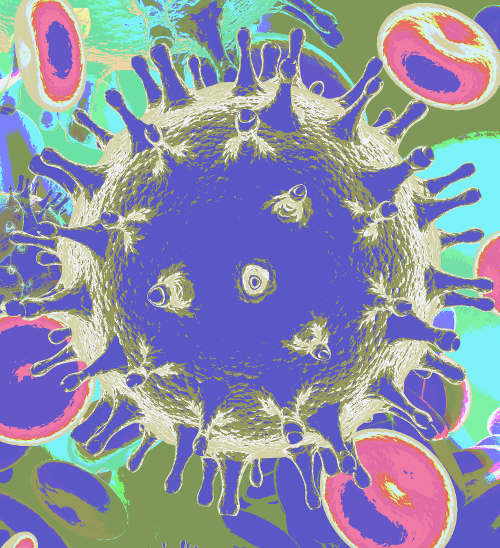HIV stats show shift
 New diagnoses of HIV in Australia have plateaued.
New diagnoses of HIV in Australia have plateaued.
Over the past decade, stats show that new cases of HIV have halved, largely due to the commendable efforts of the gay and bisexual community.
However, while progress has been significant among these groups, the heterosexual population is not experiencing the same decline, accounting for 30 per cent of all diagnoses in 2022.
Many new cases are being identified as late diagnoses, indicating that individuals may have unknowingly lived with HIV for four or more years.
In inner Sydney new HIV acquisitions have been reduced by an astonishing 88 per cent. This progress puts the area on track to become the world's first locality to meet the UN target of ending AIDS as a public health threat by 2030.
Inner Sydney's success has been attributed to community outreach and prevention initiatives, including the widespread use of HIV pre-exposure prophylaxis (PrEP).
“The extraordinary success in HIV prevention in the gay neighbourhoods of Sydney is due to decades of government leadership... These numbers show us that virtual elimination of HIV transmissions is possible,” says Andrew Grulich of the Kirby Institute at the University of New South Wales.
While Australia celebrates this remarkable progress, the scientific community emphasises the need for a cure and a vaccine to achieve a durable end to the HIV epidemic.
Australia is also on track to achieve the UNAIDS 95-95-95 targets, aiming for 95 per cent of all people living with HIV to know their status, 95 per cent of diagnosed individuals to receive sustained antiretroviral therapy, and 95 per cent of those on treatment to achieve viral suppression by 2025.
However, to achieve these ambitious goals, the country must enhance efforts to diagnose individuals living with HIV earlier and ensure immediate access to care and treatment.
Key to the national success has been a focus on prevention and equitable access to care for anyone at risk of HIV.
The use of HIV prevention tools among gay and bisexual men in Australia has increased, attributed in part to rising PrEP usage. Younger men, however, remain more vulnerable to acquiring HIV, highlighting the need for targeted prevention efforts.








 Print
Print